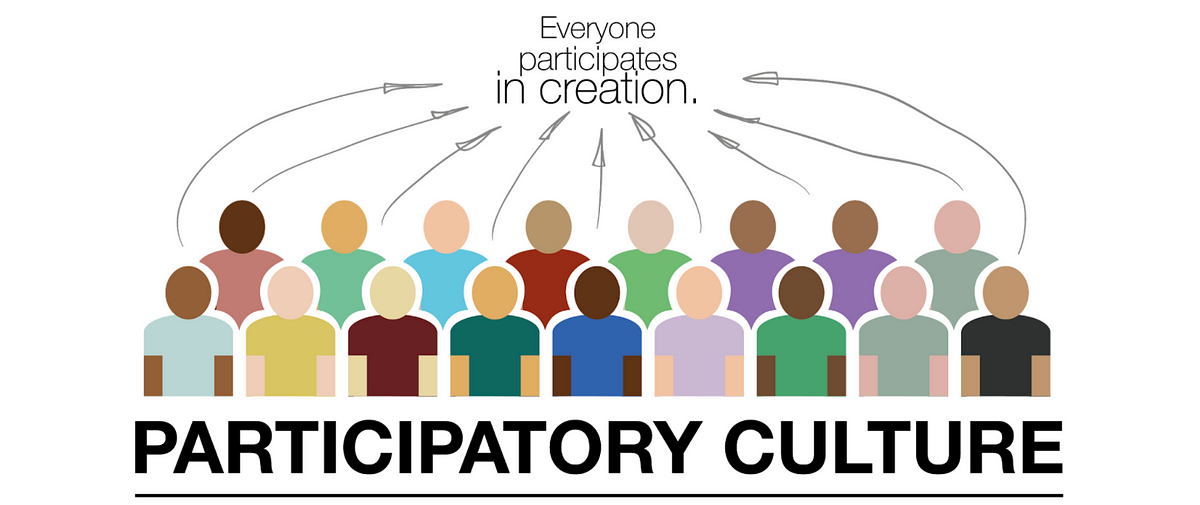“Social infrastructure is a set of physical places and organizations that shape our interactions. When social infrastructure is robust, it fosters all kinds of social interactions, help build relationships, and turns community from a vague, fuzzy concept into a lived experience” (Klinenberg, 2018). Social infrastructures are designed in a way for people to come together, improve communities, share ideas, and allow innovation and creation to take place. Libraries are community hubs that help people connect to one another and to other information, provide a space for creativity and exploration, and promote education and literacy. Storytime for infants and toddler to help their motor and cognitive skills, homework help and tutoring for students, historical and genealogical research, computer classes for senior citizens to engage in the digital world, book clubs, community health programs, and makerspaces that use high tech to create unique projects and teach new hobbies are just some of the few programs and services libraries provide. If there is a need, libraries will create services and programs to meet those needs.

(Photo source https://www.makerspaces.com/makerspace-guide-school-and-library/)
To accurately understand what the community needs, libraries have figured out that the best way to do that is to collaborate with the public and shift the public role from consumers to co-producers and co-creators. This is called a participatory library in which the library values openness, transparency, consistent communication, community engagement, and the patron’s experience (Casey, 2007). It is important for people to feel connected, create relationships, have conversations that foster growth, and feel empowered that they are making a difference in their community. Libraries are communally constructed sites of participatory culture.

(Photo source https://huan1449.medium.com/it-is-the-time-to-think-about-the-social-media-participatory-culture-13e55dd349e5)
Libraries provide many learning opportunities on a range of skills and experiences for patrons of all ages, races, and abilities. Surveying the needs and requests from patrons has been easier with today’s technology such as social media and the web. The beauty community is one group that has collaborated with libraries to create new programs and help people connect to resources. After makeup trends skyrocketed on social media tools like TikTok and Instagram, there has been an increased demand for skills on how to apply makeup, how to understand facial constructs, and color theory. North Carolina State University Libraries has a Making Space event series that hosted Alyssa Space, the founder and CEO of her own company ForHerCosmetics to talk about her journey in starting her own beauty business and her nonprofit programs called Chemistry in Cosmetics and MySpaceLaboratories. These programs help empower women and young girls seek career opportunities through S.T.E.A.M., including the beauty industry (Space, 2024). As the makeup industry expands, there will be a high demand for professionals in the beauty world whether it is business and marketing, professional makeup artists for cinema or celebrities, or cosmetology school educators. This free library program allowed people to explore diverse concepts of gender, race, ability, and inclusivity in S.T.E.A.M. through the participation of the beauty world.

(Photos source https://www.forhercosmetics.com/pages/msl)
The public also advocates for more resources for social crisis like the rising unhoused population, lack of mental health services, and natural disaster relief, and libraries have found ways to address these issues collaborating with social workers, getting trained on emergency medical situations, and working with outside organizations. The San Francisco Public Library is a library who saw that the unhoused population was rising and was suffering the consequences of a lack of resources. The San Francisco Public Library’s HASAs (Health and Safety Associates) program has helped more than “300 people access temporary and permanent housing and has connected close to 1,000 people with other services including safe places to sleep and shower as well as free food, medical care, and mental health counseling” (Kritz, 2017). This is what libraries are meant for- making meaningful contributions, fostering community connections, and meeting the needs of community members.

(Photo source https://www.calhealthreport.org/2017/04/27/san-franciscos-libraries-formerly-homeless-staff-support-still-need/)
Libraries are meant to be spaces of gathering, contributions, engagement, service, resources, and connection. We need people to be more involved in how libraries are designed, how they function, and what services are provided. Over the last couple of years, libraries have increased their partnerships with other libraries, organizations, and the public. This has resulted in amazing uses of technology, innovative programs, inspiration of a love of learning, and spreading compassion for human beings. By collecting people’s knowledge, personal experiences, and life stories and mixing that with inclusivity, compassion, empathy, and love, libraries will remain a valuable and essential part of society.
References
Casey, M. E., & Savastinuk, L. C. (2007). Library 2.0: A guide to participatory library service. Information Today.
Klinenberg, E. (2018). Palaces for the people: How social infrastructure can help fight inequality, polarization, and the decline of civic life. Crown.
Kritz, F. (2017, April 27). At San Francisco’s libraries, formerly homeless staff support those still in need. California Health Report. https://www.calhealthreport.org/2017/04/27/san-franciscos-libraries-formerly-homeless-staff-support-still-need/
North Carolina State University Libraries. (2021, September 9). Disrupting the beauty industry. NC State University Libraries. https://www.lib.ncsu.edu/news/main-news/disrupting-beauty-industry
Space, A. (2024). MySpaceLaboratories. ForHerCosmetics Detroit. https://www.forhercosmetics.com/pages/msl
